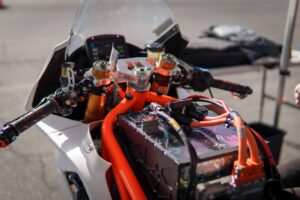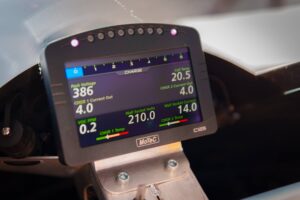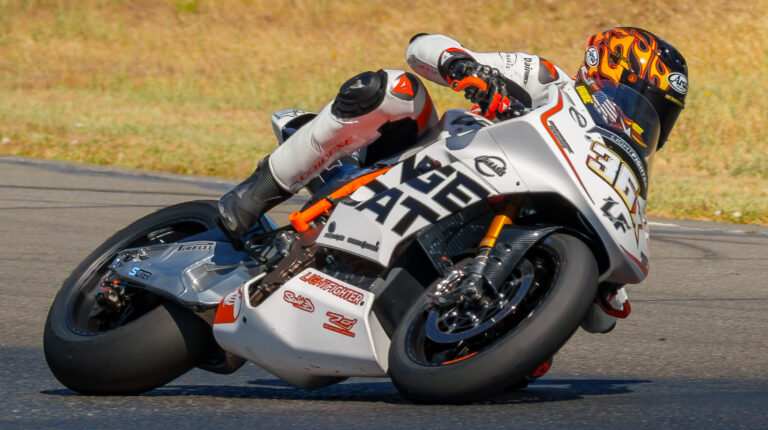UK-based sensor technology specialist Metis Engineering has partnered with California’s Lightfighter Racing to advance the safety and performance of electric superbikes on the racetrack. Lightfighter will integrate Metis Engineering’s Cell Guard battery safety sensor into its Lightfighter v3.0 electric motorcycle.
Lightfighter Racing, founded by electric motorcycle pioneers Brian Wiseman and Ely Schless, says it is on a mission to challenge the long-standing dominance of internal combustion engines in motorsport.
Metis Engineering CEO Joe Holdsworth said, “We’re proud to be supporting Lightfighter Racing in their ambitious engineering program. Motorsport is the ultimate testing ground; there’s nothing quite like it for pushing boundaries and exploring the limits of performance. Cell Guard was designed precisely for these conditions, providing the real-time battery health diagnostics needed to do so safely and confidently.”

The Lightfighter v3.0 features a water-cooled Parker GVM 210 IPM AC motor that delivers 115kW (154hp), 324Nm of torque at the gearbox output, and a peak speed of over 11,000rpm. It is paired with an actively air-cooled lithium-NMC battery pack operating at a nominal voltage of 383V (440V peak), capable of supplying over 300A of peak current. With a total weight of 181kg, the electric motorcycle is designed to deliver performance comparable to conventional gasoline-powered superbikes.
Recognizing the inherent thermal and safety challenges associated with high-performance battery systems, Wiseman’s team turned to Metis Engineering’s Cell Guard sensor to provide an additional layer of real-time monitoring and fault detection.
Designed and manufactured in the UK, the Cell Guard is a compact multi-parameter sensor that detects early indicators of battery failure, including volatile organic compounds (VOCs), temperature spikes, pressure increases, humidity shifts, moisture ingress, shock and impact loads, as well as the presence of hydrogen. These environmental parameters are crucial in identifying the early stages of thermal runaway events – potentially catastrophic failures that traditional battery management systems (BMS) often miss.
Wiseman explained, “Through our racing efforts, we realized that conventional battery monitoring systems often react too late in such a dynamic environment as motorsport to prevent damage and potential escalation from a cell issue. We needed a way to detect the earliest signs of cell distress though off-gassing, which Cell Guard has been able to provide us with. This early detection of an issue with the cell has become an important and valuable addition to our overall safety strategy.”
Integrating the Cell Guard sensor into Lightfighter’s Motec-based vehicle management and data acquisition system has reportedly contributed to enhanced safety monitoring and analytical insights. During race testing, the team observed spikes in VOC readings when overtaking gasoline-powered bikes. After investigation, they discovered that Cell Guard was detecting exhaust gases being drawn into the battery cooling system, highlighting the sensor’s sensitivity and offering new data on external environmental influences affecting the vehicle.
According to Lightfighter, the sensor has also proved to be a valuable educational tool for engineers and riders unfamiliar with electric propulsion. “Electric racing is inevitably going to be a larger part of all forms of motorsport in the future,” added Wiseman. “We’re excited to be a part of that future and shape how to do it safely. Metis Engineering’s Cell Guard has become a critical tool in that effort.”
In related news, VI-grade recently announced that Czinger Vehicles has implemented VI-CarRealTime, VI-grade’s real-time vehicle simulation environment, to support the virtual development of its performance road vehicles



